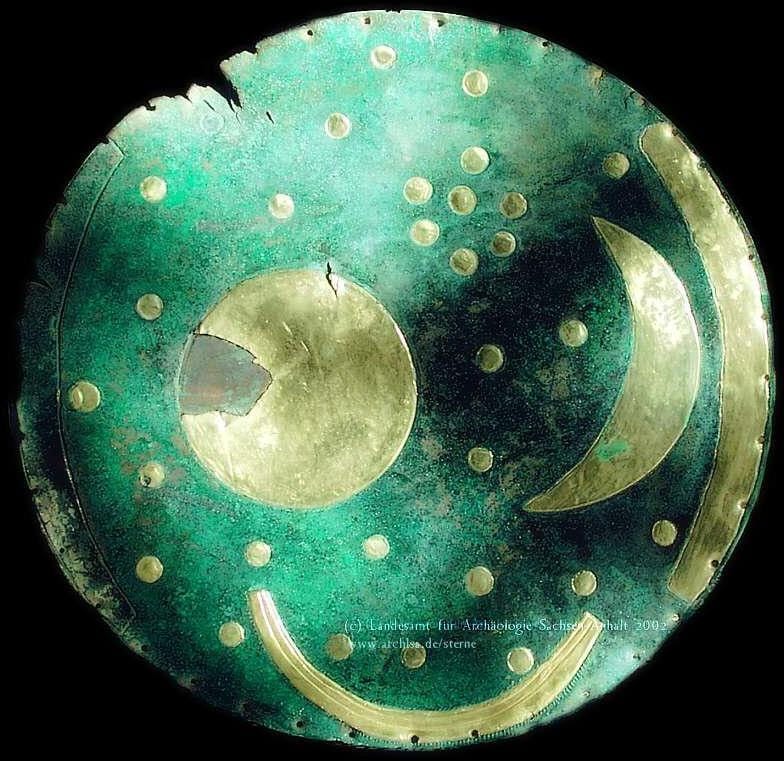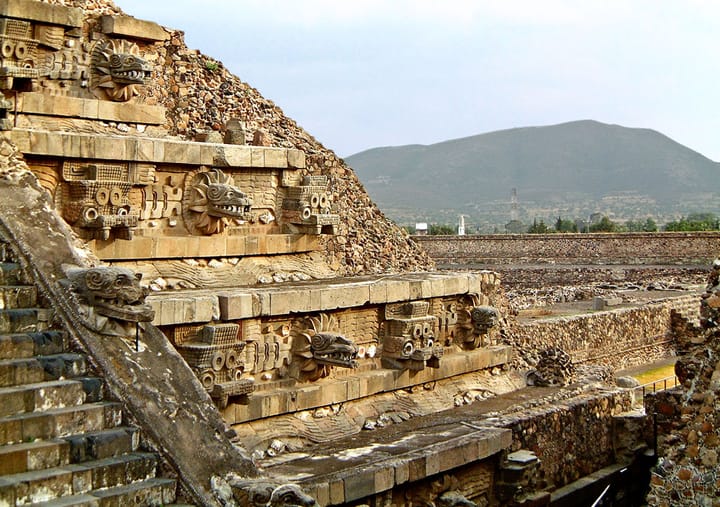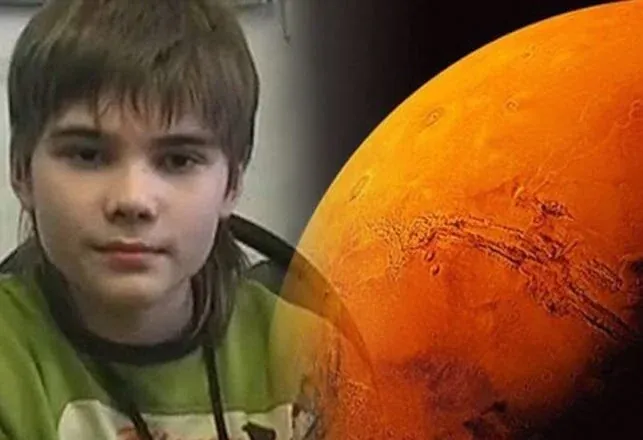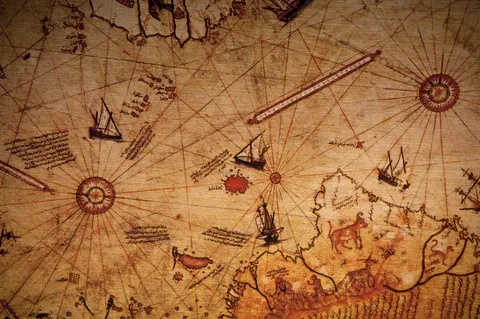Nebra Sky Disc
Discovered near Nebra, Germany and dated to roughly 1600 BC, the Nebra Sky Disc is a bronze plate inlaid with gold symbols of the sun or full moon, a crescent, stars, and later-added arcs. It may encode horizon and calendar knowledge. It is also one of UNESCO’s Memory of the World documents.

Quick Take
- Bronze disc with gold inlays showing celestial symbols and later horizon arcs. Official research places it in the Early Bronze Age, about 3,600 years old. Landesmuseum für Vorgeschichte
- Museum analysis outlines multiple modification phases and a likely burial around 1600 BC with a hoard of weapons and ornaments. Landesmuseum für Vorgeschichte
- Copper points to eastern Alpine sources and the disc was made with sophisticated inlay and forging methods. Landesmuseum für Vorgeschichte
- Listed by UNESCO’s Memory of the World program as the oldest concrete depiction of cosmic phenomena. UNESCO+1
Quick Facts
- Type: Bronze disc with gold inlays
- Date: c. 1600 BC, Early Bronze Age Landesmuseum für Vorgeschichte
- Findspot: Mittelberg hill near Nebra, Saxony-Anhalt, Germany Landesmuseum für Vorgeschichte
- Size: c. 30 cm diameter, thin forged bronze plate with blue-green patina
- Key symbols: Sun or full moon, lunar crescent, 30+ stars including a cluster commonly read as the Pleiades, two side arcs, one lower arc, later perforation around the rim Landesmuseum für Vorgeschichte
- Status: On permanent display at the State Museum of Prehistory in Halle and inscribed in UNESCO Memory of the World since 2013 Landesmuseum für Vorgeschichte+1
Why This Matters
The disc compresses sky knowledge, myth, and power into a portable object. It bridges calendar practice and ritual authority at the moment European bronze working scaled up. It is also a case study in how science, policing, and museums can salvage hard context after a looted discovery. Landesmuseum für Vorgeschichte
Timeline
- 1999 — Illegal discovery on Mittelberg by detectorists; hoard enters the black market. Landesmuseum für Vorgeschichte
- 2002 — Police sting recovers the hoard; museum research begins. Landesmuseum für Vorgeschichte
- 2003–2011 — Technical studies on composition and provenance, including copper from the eastern Alps and gold likely from Cornwall. Landesmuseum für Vorgeschichte+1
- 2013 — UNESCO Memory of the World inscription. UNESCO
- 2020 — A minority re-dating proposal argues for an Iron Age date; museum and interdisciplinary teams rebut, reaffirming Early Bronze Age context. DGUF+1
- 2024–2025 — New forensic and experimental work details hot forging and multi-stage manufacture. Live Science+1
Claims and Evidence
Claim 1: The disc is an Early Bronze Age object, buried c. 1600 BC with a hoard.
- Evidence: Museum phases page and dating notes, including associated swords, axes, chisel and arm spirals, and burial around 1600 BC. Landesmuseum für Vorgeschichte+1
- Assessment: Strong in official literature and supported by context studies.
Claim 2: The imagery shows the oldest concrete depiction of cosmic phenomena yet known.
- Evidence: State Museum description and UNESCO Memory of the World nomination. Landesmuseum für Vorgeschichte+1
- Assessment: Strong and widely cited.
Claim 3: The disc evolved through multiple phases.
- Evidence: Museum outlines at least five phases, including adding side arcs, a lower “feathered” arc, rim perforations, and removal of one horizon arc. Landesmuseum für Vorgeschichte
- Assessment: Strong, based on materials and x-ray evidence.
Claim 4: Metal provenance and technique link to wide networks and high skill.
- Evidence: Copper from eastern Alpine deposits, especially Mitterberg; early phase gold likely from Cornwall; inlay and forging documented. Landesmuseum für Vorgeschichte+1
- Assessment: Strong for copper and manufacture; gold provenance well supported.
Claim 5: Solstice horizon function and Pleiades reading are plausible but interpretive.
- Evidence: Side arcs span the local solstitial azimuth range in many syntheses, and the seven-dot cluster is commonly read as the Pleiades in scholarship and exhibits. British Museum
- Assessment: Plausible interpretations, presented as informed readings not certainties.
Claim 6: Alternative dating to the Iron Age was proposed in 2020 and contested.
- Evidence: Press release and paper by Gebhard and Krause argued a younger date; museum and interdisciplinary response reaffirmed Bronze Age context via soils, metallurgy, and find-spot forensics. DGUF+1
- Assessment: Minority view at present.
Network and Influence
- Institutions: State Museum of Prehistory Halle, UNESCO Memory of the World program, research groups in archaeometallurgy. Landesmuseum für Vorgeschichte+1
- Parallels and comparanda: Nordic Bronze Age iconography, lunisolar calendar practices, British Museum’s World of Stonehenge framing of Bronze Age cosmologies. British Museum
Key Documents and Media
- State Museum of Prehistory official pages on the object, phases, dating, and technology. Landesmuseum für Vorgeschichte+3Landesmuseum für Vorgeschichte+3Landesmuseum für Vorgeschichte+3
- UNESCO Memory of the World entry and nomination documents. UNESCO+1
- Gold provenance study indicating Cornwall sources for early inlays. Geoscience World
- Interdisciplinary overview defending Bronze Age dating and find context. Nutter's World
Controversies
- How literal are the astronomy functions: Calendar rule, horizon arcs, and Pleiades readings vary by interpreter. British Museum
- Dating debate: A 2020 Iron Age proposal continues to be discussed, but official curation and multi-study syntheses maintain the Bronze Age context. DGUF+1
- Display vs ritual object: Later perforations suggest a standard or display use late in life. Landesmuseum für Vorgeschichte
Open Questions
- Exact social role of the disc in ritual, authority, and seasonal timing
- How knowledge encoded in the disc was taught and transmitted
- Whether the horizon arcs were used with fixed landscape markers on Mittelberg
- Degree of long-distance exchange implied by copper and gold sources
- How many similar but lost objects once existed in the region
How We Are Covering This
We prioritize the State Museum and UNESCO for baseline facts, add peer provenance studies, and present function readings as informed but not final. We also summarize the dating debate and why the Bronze Age context remains the curatorial standard. Nutter's World+3Landesmuseum für Vorgeschichte+3UNESCO+3
Current Assessment
A rare, multi-phase Bronze Age object that encodes sky and story. Strong evidence for Early Bronze Age manufacture and ritual deposition, with ongoing work refining how it was used and why it was modified.
What If.
What if the disc is a portable sky treaty
A chieftain’s license to keep time and mediate festivals.
So what: calendar power equals political power.
What if the arcs are travel windows
Solstice swing marks safe seasons for long-range exchange.
So what: the disc is a logistics key, not just a calendar.
What if the lower arc is a boat of voices
Night chant and fire turn the plate into a sound and light ritual.
So what: performance completes the instrument.
What if the stars hide a foreign map
The cluster and offsets are a code learned from travelers.
So what: knowledge arrives with metal and returns as myth.
Signals to watch
- Quantized angles and distances between inlays
- Wear or polish zones from repeated handling or mounting
- Micro residues in grooves that hint at re-gilding or repairs
- Correlations between Mittelberg sightlines and the disc’s arcs
Kicker
If the disc is a protocol, the question is not only what it shows. It is who was allowed to show it.
Credits and Further Reading
- State Museum of Prehistory, Halle: object overview, phases, dating, technology. Landesmuseum für Vorgeschichte+3Landesmuseum für Vorgeschichte+3Landesmuseum für Vorgeschichte+3
- UNESCO Memory of the World entry and nomination. UNESCO+1
- Meyer et al., European Journal of Mineralogy: gold provenance to Cornwall. Geoscience World
- Pernicka et al., “Why the Nebra Sky Disc Dates to the Early Bronze Age” overview of interdisciplinary results. Nutter's World
- British Museum large-print guide for World of Stonehenge exhibition. British Museum



Comments ()